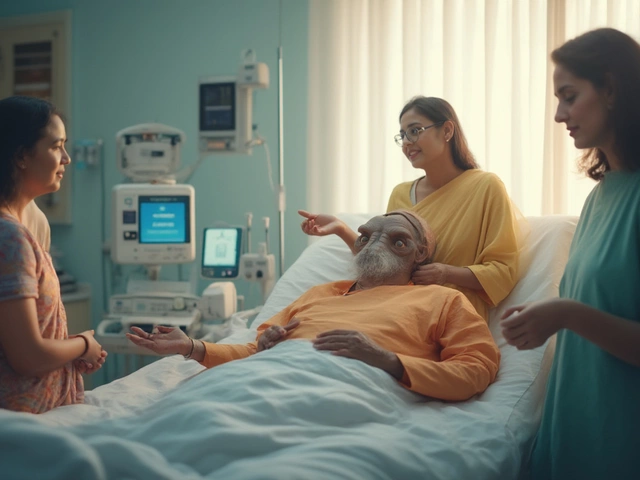Stage 3 and stage 4 are both advanced stages of cancer, but they differ in the extent to which the cancer has spread and the treatment options available. Stage 3 cancer indicates a larger tumor or more extensive lymph node involvement. Stage 4 cancer is marked by the spread of cancer cells to distant parts of the body. Understanding these differences is crucial for choosing the right treatment plan and predicting outcomes.
Read MoreStage 3 Cancer: What It Means and How to Move Forward
If you or a loved one has just heard the term “stage 3 cancer,” you probably feel a mix of fear and confusion. This guide breaks down the key points in plain language so you can understand what’s happening and what comes next.
Understanding Stage 3 Cancer
Stage 3 means the cancer has grown larger and may have spread to nearby tissues or lymph nodes, but it usually hasn’t jumped to distant organs. Doctors use imaging tests, biopsies and sometimes surgery to confirm the exact spread. The exact size and location differ by cancer type – for breast cancer it might involve several nearby lymph nodes, while for lung cancer it could mean the tumor has invaded the chest wall.
Typical symptoms depend on where the cancer lives. Common signs include persistent pain, swelling, unexplained weight loss, fatigue, or a visible lump that doesn’t go away. Notice any new symptom and let your doctor know right away; early communication helps tailor the treatment plan.
Treatment Paths & Living Well
Stage 3 cancer is treatable, and most patients undergo a mix of therapies. Surgery aims to remove as much of the tumor as possible, followed by chemotherapy or radiation to target leftover cells. Targeted drugs and immunotherapy are becoming standard for many cancers, especially when genetic testing shows specific mutations.
Side effects are real, but they’re manageable. Talk to your oncology team about anti‑nausea meds, skin care for radiation burns, and ways to keep energy levels up. Simple steps like staying hydrated, eating protein‑rich foods, and gentle exercise can make a big difference.
Support matters as much as medicine. Join a local cancer support group, lean on friends, or use online forums where people share real‑world tips. A mental health professional can help you handle anxiety or depression that often comes with a serious diagnosis.
Practical daily tricks help you stay in control. Keep a symptom diary to show patterns to your doctor, set reminders for medication, and schedule short breaks throughout the day to rest. If you’re working, discuss flexible hours or remote options with your employer – many workplaces are willing to accommodate treatment schedules.
Looking ahead, regular follow‑up scans are crucial. They let your team spot any changes early and adjust treatment if needed. Ask your doctor how often you’ll need imaging and blood tests, and what signs you should watch for at home.
Remember, stage 3 doesn’t define you. With a clear plan, supportive care, and a focus on everyday wellbeing, many people live active lives while managing the disease. Stay curious, ask questions, and keep a hopeful outlook – it’s a powerful part of the healing process.





